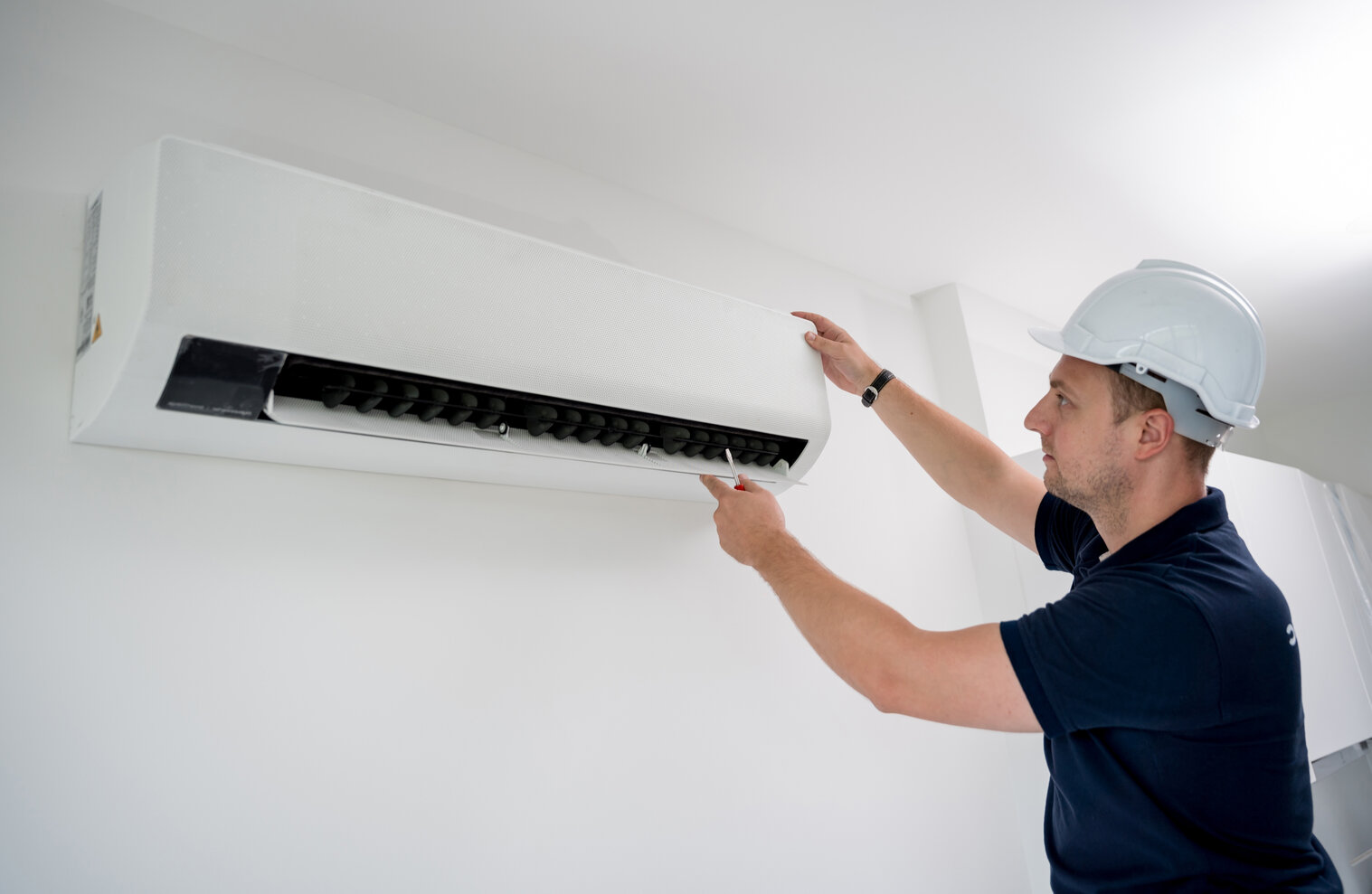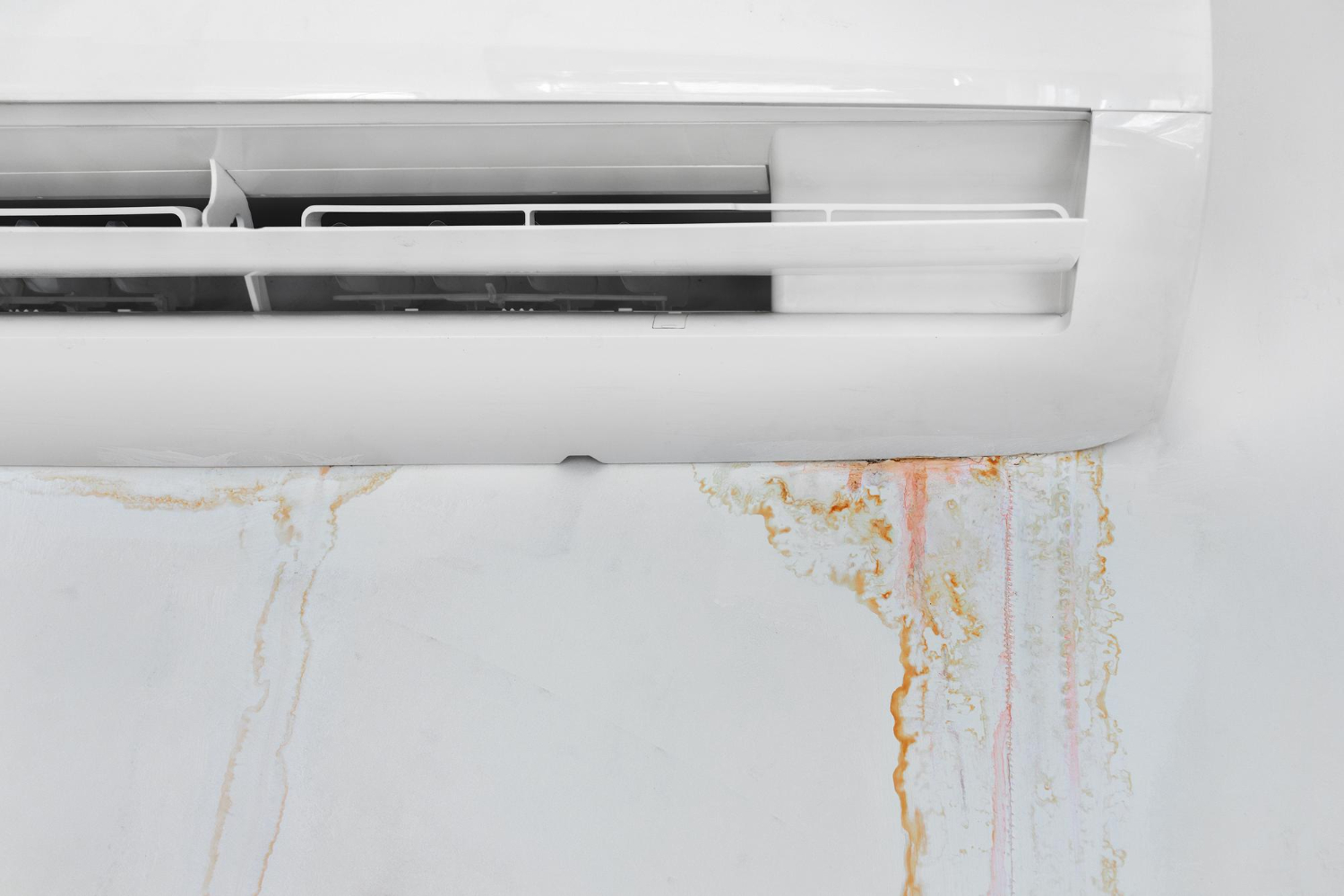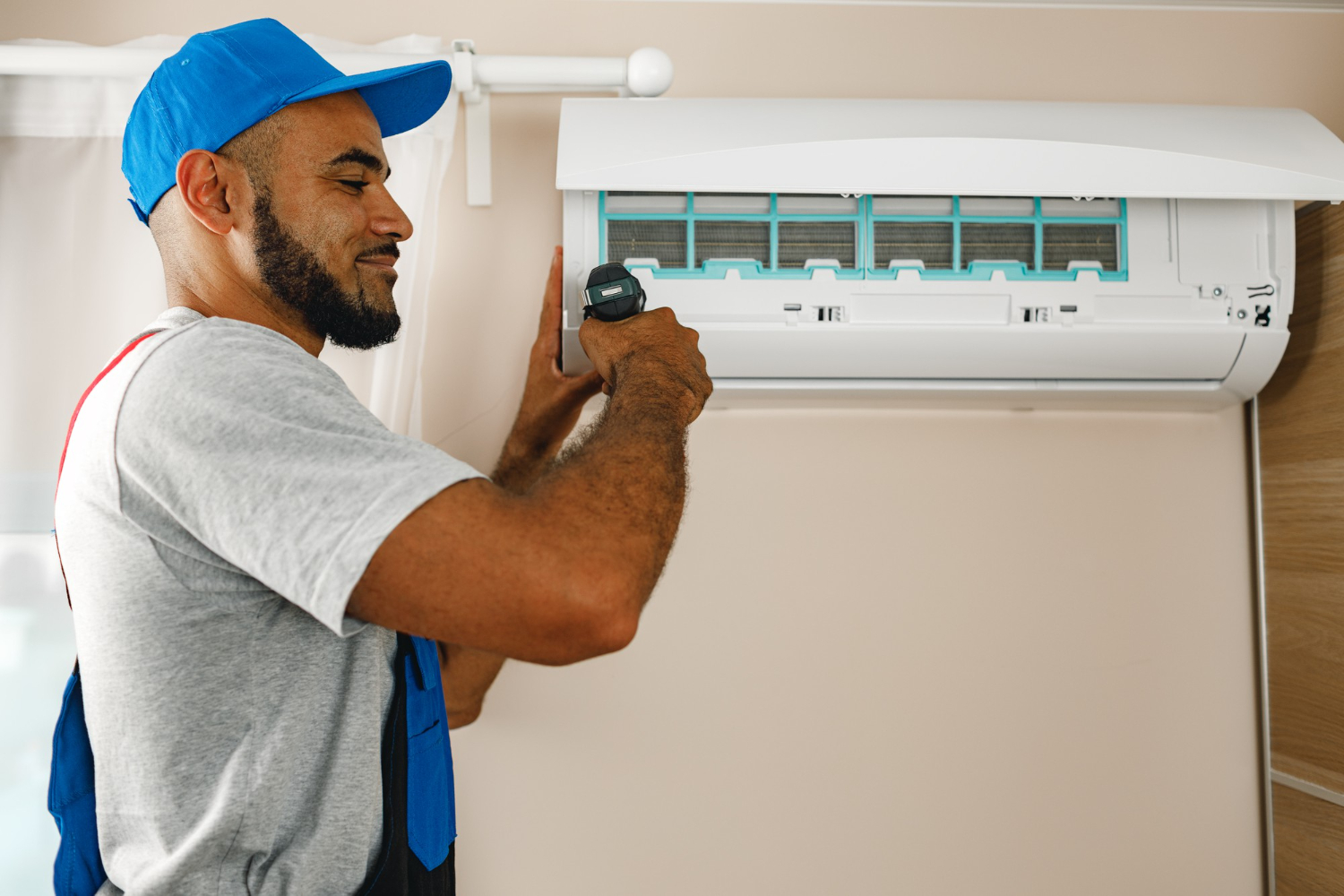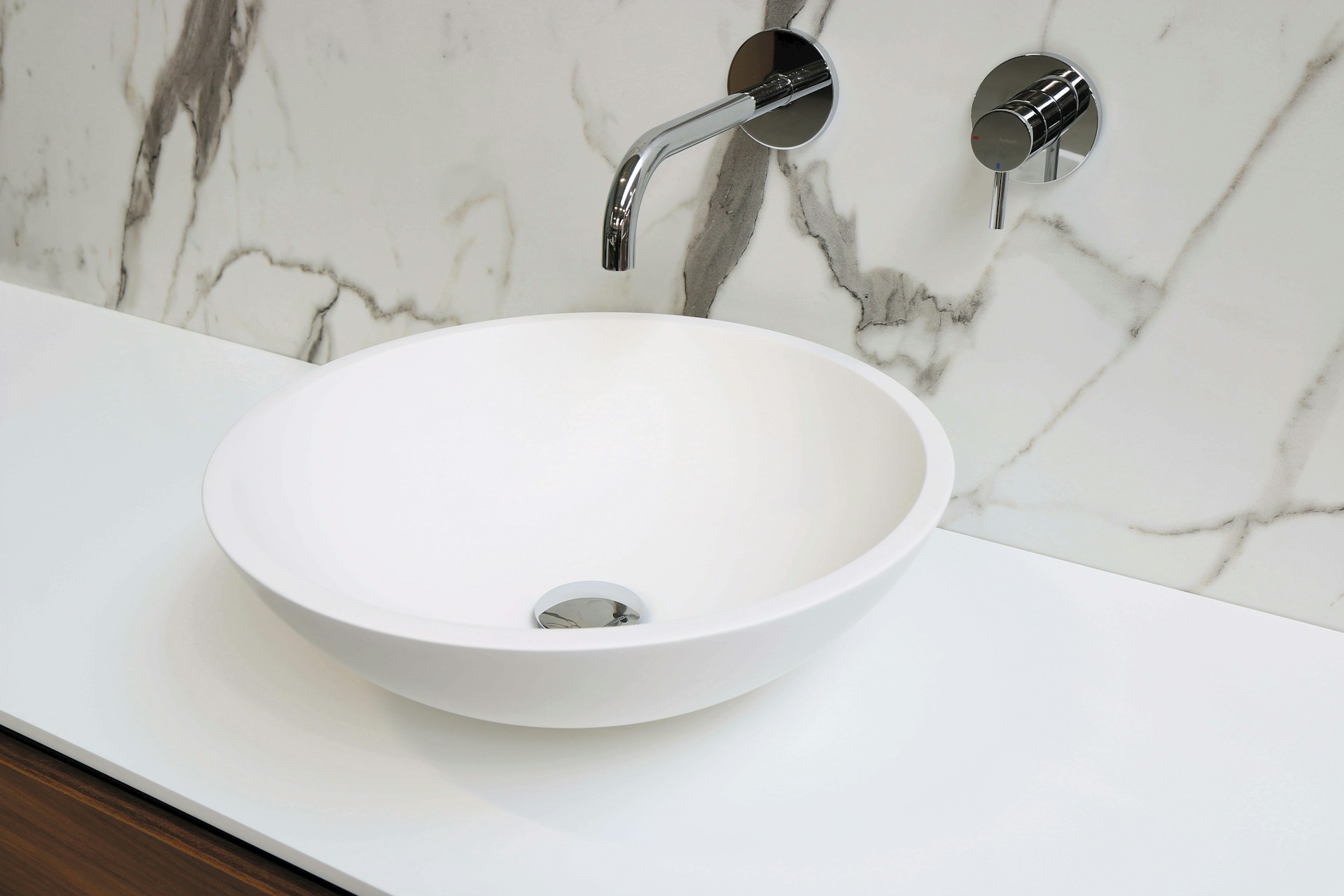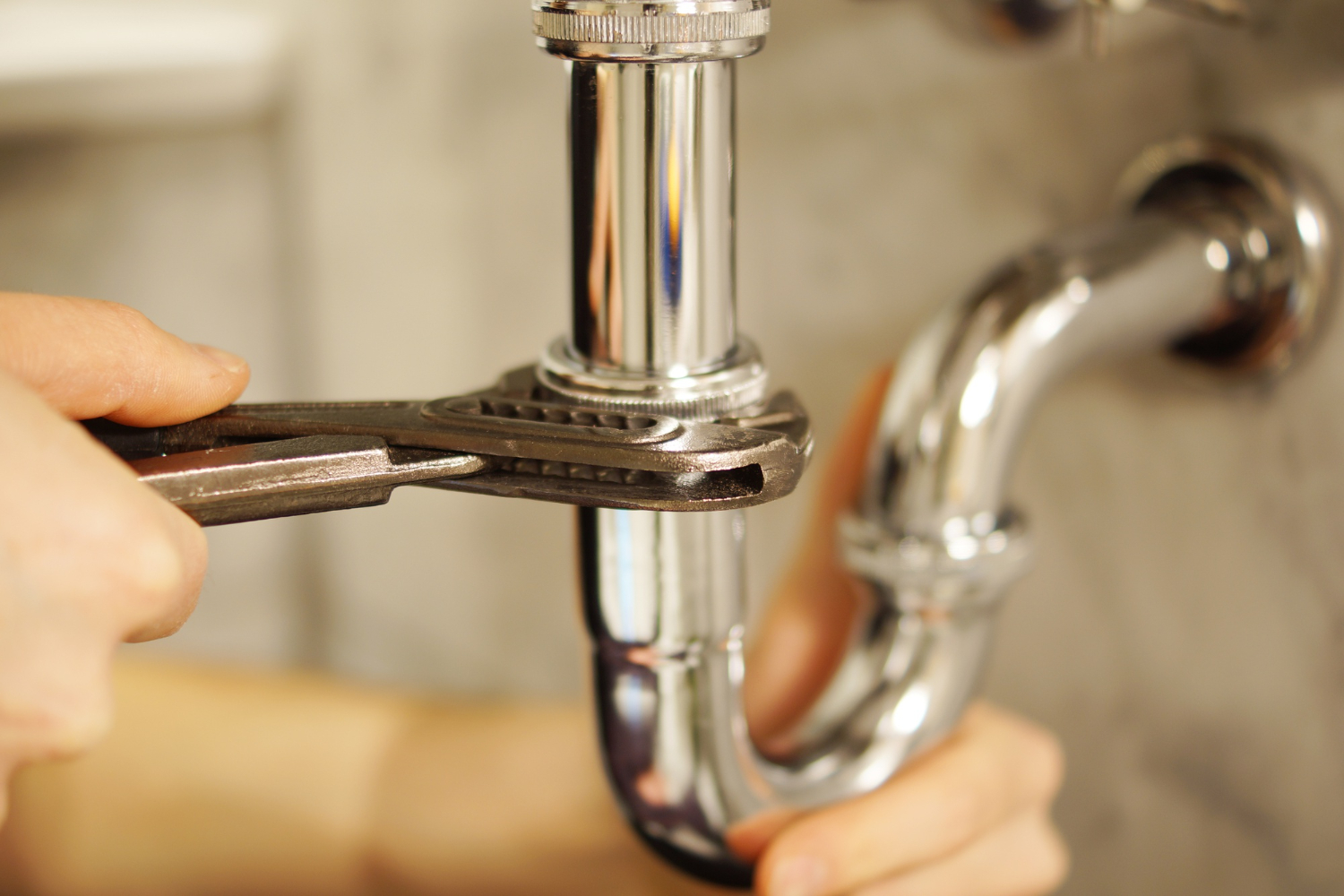It’s easy to forget about your garbage disposal until it stops working the way it should. Whether it’s strange noises, repeated clogs, or a full system breakdown, waste disposal issues can quickly disrupt your kitchen routine. If you’re living in Tomball and relying on your disposal daily, knowing when it’s time to repair or replace it helps avoid bigger problems down the line.
Every garbage disposal wears down over time. But deciding between fixing the one you have or installing a new one isn’t always clear. Many Tomball residents ask the same questions: Is this just a quick fix? Or is the unit on its last legs? Let’s look at signs that may point to one solution over the other, so you can keep your kitchen running smoothly.
Signs Your Garbage Disposal Needs Repair
Not every garbage disposal problem means the entire system has to go. Many smaller issues can be corrected with repairs from a qualified technician. Learning how to spot these early can help stop things from getting worse.
Some common warning signs that call for garbage disposal repair include:
– Unusual noises or vibrations: If your unit starts to make grinding, squealing, or rattling noises, something may be stuck inside or there could be a part out of alignment.
– Frequent clogs or slow draining: This usually comes from buildup in the pipes or worn-out blades. It often means minor debris isn’t breaking down like it used to.
– Persistent odors: Even after cleaning, if smells keep coming back, there may be trapped food particles or bacteria buildup deep inside the unit’s components.
– Leaks beneath the sink: Water pooling in the cabinet under your sink likely means the seal or a hose has failed, which should be addressed right away to prevent cabinet or floor damage.
– Non-functional disposal: A disposal that won’t turn on, shuts off mid-use, or regularly trips the reset button can suggest worn wiring or electrical failure, both of which can often be repaired.
Let’s say your disposal is about six years old and shows signs of slow drainage and an odd humming sound when turned on. A repair might be the right solution in that case, especially if the rest of the unit is in good shape. Having a technician take a look can confirm whether it’s worth fixing or if there’s more damage hidden inside.
When Replacement Is the Better Option
While many issues can be managed with repair, there are times when replacing the entire unit makes more sense from both a mechanical and financial standpoint. Some problems are just too widespread, and continuing to invest in repeated repairs can end up costing more.
Here’s when replacement often becomes the smarter move:
– The disposal is more than 8 to 10 years old and keeps breaking down.
– Large or multiple components are damaged or corroded, especially the motor or internal seals.
– The unit struggles to keep up with normal use, causing clogs or overflows after everyday tasks like rinsing plates or disposing of leftovers.
– You want quieter service or updated designs that offer better grinding power and energy efficiency.
If your garbage disposal in Tomball fits into two or more of these categories, it’s usually best to invest in a modern unit. Replacement also gives you a cleaner system overall, reducing the chances of future plumbing issues caused by worn components.
Cost Comparison: Repair vs. Replacement
Once you’ve determined whether your garbage disposal in Tomball needs a quick fix or a full replacement, the next step is looking at cost. Upfront and long-term costs are very different between the two options. A repair might seem less expensive at first, but consistent problems can make it more costly over time.
Here’s what to consider:
1. Typical Repair Costs
Repairs often involve clearing clogs, replacing worn blades, fixing leaks, or correcting electrical problems. These services usually cost less than installing a new unit, especially if you’re dealing with a minor defect. That said, if the same problem keeps coming back or new issues arise soon after, costs can add up quickly.
2. Typical Replacement Costs
A full replacement includes both the cost of a new garbage disposal and the labor to install it. While you’ll pay more upfront, newer models typically last longer, run quieter, and perform more efficiently. If your current unit is several years old, replacing it can offer greater value moving forward.
3. Long-Term Value
If the system breaks down often or is no longer effective at processing food waste, spending on repairs may only delay the inevitable. A modern replacement unit can bring fewer problems, better performance, and lower maintenance over time.
When evaluating the cost, also think about how often you’ve needed repairs recently. If the same part or issue has been fixed more than once, replacement is a better long-term decision.
Why a Professional Assessment Makes a Difference
A garbage disposal might seem easy to understand, but the internal workings are complex. Many electrical and mechanical problems are hidden from view and should be handled with proper equipment by trained professionals. Starting with an assessment gives you accurate information that helps you make the right choice.
When our technicians examine your garbage disposal, they will:
– Test all electrical connections and reset features
– Inspect for corrosion and worn mechanical parts
– Check for clogs in or beyond the unit
– Examine plumbing connections for leaks or weaknesses
– Recommend whether repair or replacement makes the most sense
This type of visit can save you from relying on guesses and prevents you from making unnecessary repairs. It also lowers the risk of injury. Garbage disposals operate with electricity and water in close contact, so trying to fix something yourself could result in shocks, leaks, or other damage. Getting help from our technicians in Tomball is the safer, more dependable option.
Making the Right Choice for Your Home
Every household in Tomball uses their garbage disposal differently. Some rely on it during every meal prep, while others use it far less often. Whether your system needs repair or should be replaced depends on how well it currently works, its repair history, and what our professionals find during their inspection.
If the issues are isolated and not recurring, a repair may extend the life of your unit for several more years. But if you’re dealing with clogs often, hearing loud noises, or noticing leaks repeatedly, replacement brings better long-term results.
The main goal is to keep your kitchen in working order and avoid disruptions. If your garbage disposal begins causing problems, ignoring it can make the situation worse. Delaying service might also raise the risk of water damage or reduce your home kitchen’s functionality altogether.
Disposal units rarely recover from major faults without help. Having one of our technicians inspect the system brings clarity, ensures safety, and allows you to make a confident decision in your home’s best interest. Taking action today could save time, avoid bigger repairs, and restore peace of mind in your Tomball home.
When your garbage disposal starts acting up, addressing the issue quickly keeps your kitchen safe and efficient. At Tradition Services, we know timely repairs matter, so if you’re noticing frequent clogs or odd noises, consider scheduling professional sink garbage disposal repair in Tomball. For a quick estimate or to book a service visit, please contact us today.




